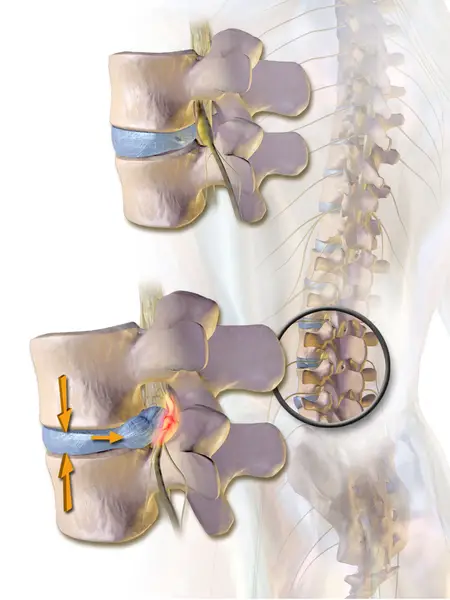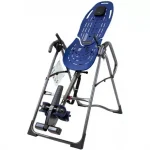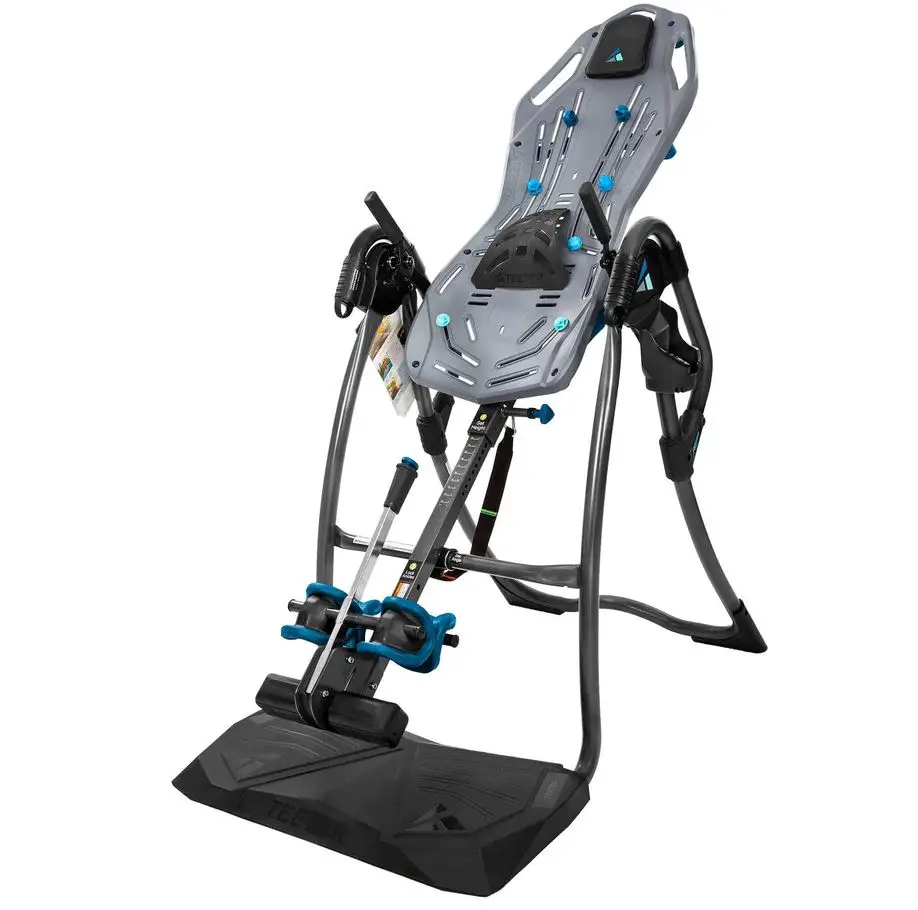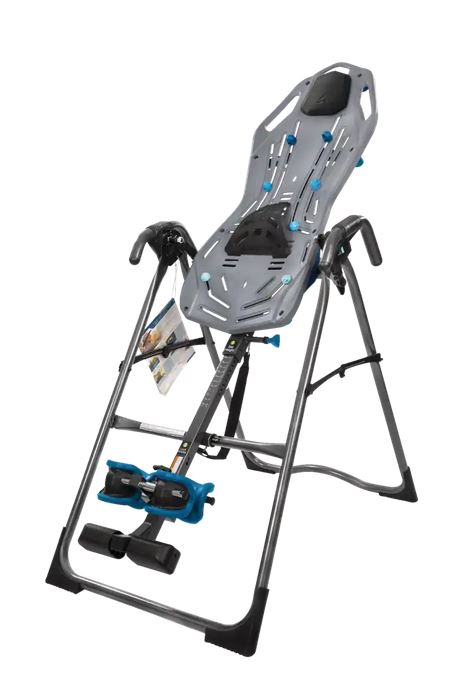Degenerative disc disease is a condition where one or two of your vertebrae discs deteriorates beyond repair because of age, causing pain in the neck and back areas. Doctors will have to replace your damaged discs with new man made discs.

Degenerative disc disease is common in the USA, with over 200,000 cases each year. Lab testing, imaging and treatment can help to manage the condition. There is no known cure for Degenerative disc disease which can last many years or for a lifetime. Can an Inversion Table help with degenerative disc? Read on in this article to discover the answer to this question.
Can an Inversion Table Help With Degenerative Disc?
The short answer to this question is yes, an inversion table can help with degenerative discs. Inversion tables are efficient in dealing with all kinds of back pain that come as a result of your degenerative disc. Recently the FDA expanded the list for which Teeter Inversion Tables are cleared to use. Both the Inversion and Teeter Inversion Tables can be used for sciatica degenerative disc disease, herniated disc, spinal degenerative joint disease, spinal stenosis, spinal curvature due to tight muscles, muscle spasms, and facet joint syndrome.
What Kind of Exercises Can I Do on The Inversion Table?
When you first begin your exercise regimen on the table, you should begin slowly. Stat by balancing yourself on the table by laying straight for the maximum amount of time of 2 minutes. Laying straight on the table helps to elongate or straighten your spine, and relieves the pressure on your spine, neck and back areas. Minimizing the pain in these areas helps reduce the pain you are felling.
After you become comfortable with the balance exercise, you may tip the table at a 10 degree angle. Experts recommend that you should only go up 10 – 20 degrees each week until you are able to handle 60 – 90 degrees.
Move your neck from side to side on the table to help decompress that area and allow it to relax. Another exercise is called the figure 8 and involves you moving your neck as if you are forming the figure 8. This movement helps your neck to move in every direction, relaxes your vertebrae discs which in turn decompresses your spine, and helps in alleviating your pain.
The overstretch exercise is also a good way to relieve pressure in your spine, arms, neck and back areas. Stretch your arms over your head while on the table for the maximum 2 minutes. Repeat this exercise until you can feel relief from the pressure in your arms.
The more you work out on the table, the more comfortable you will become. The more varied exercises you do on the table, the more areas of your body can get decompressed and begin to relax, which relieves more pain from your entire body. Your vertebrae discs, and other areas of your body will become stronger, while allowing you to bend and have more flexibility.
Should I Ask My Doctor Before Using The Inversion Table?
You should always ask your doctor before using The Inversion Table. He will tell you if it is a good idea for you to use the table. Always seek your doctor’s advice before starting any exercise regimen.
How Do I Use The Inversion Table?
Begin by setting up The Inversion Table in your home. A store representative can help you with this. Once you have The Inversion Table set up, you will want to have an assistant to be in the room with you while you are on the table.
The maximum amount of time should be 2 minutes for twice a day. Strap yourself on the table while making sure that the straps are secure. You do not want to move on your table and risk minimizing the effect of the exercises you will be doing on the table.
Balance yourself on the table and lay straight with your back on the table to become comfortable with the table. Laying straight on the table will help to elongate and stretch your spine and neck area and relieve the pressure and pain. This is called the balance exercise and is done to improve your posture.
Allow your assistant to help you tip yourself slightly at an angle. You should be doing beginner angles like 10 – 20 degrees until you become more comfortable with the table. Stay at this angle for the maximum amount of time.
Your assistant should have a stop watch set at 2 minutes to ensure that you do not stay on the table longer than required. Once you have completed your 2 minutes at a beginner angle, come back to the straight position on the table so that you can remove yourself from The Inversion Table. Repeat this exercise another time later in the day for maximum results.

These are some common need to know answers to questions of can an Inversion table help with degenerative disc pain?. Speak with your doctor to make sure that using the table is a good treatment plan for you. Once your doctor has approved your use of the table, begin slowly and get comfortable with the table.
Always have an assistant to help you get on and off the table and to help you tip the table back at an angle that will relieve the pressure from your vertebrae discs and spine.
Your assistant should have a stop watch set at the maximum amount of time of 2 minutes to ensure that you are not on The Inversion Table too long. Your assistant should help to remove you from the table if you begin to feel dizzy, have headaches or feel nauseated. Get some fresh air and breathe in until your heart rate returns to normal.
Remember that safety is always first when you begin using The Inversion Table. Wait until you have had some rest from your disc surgery before trying to get on the table. Stay on the table for no more than the maximum 2 minutes allowed for twice a day.
Do the balance exercise first so that you will not over exert your spine. After using the table for a few weeks, your spine and body will begin to feel stronger and more energized.





